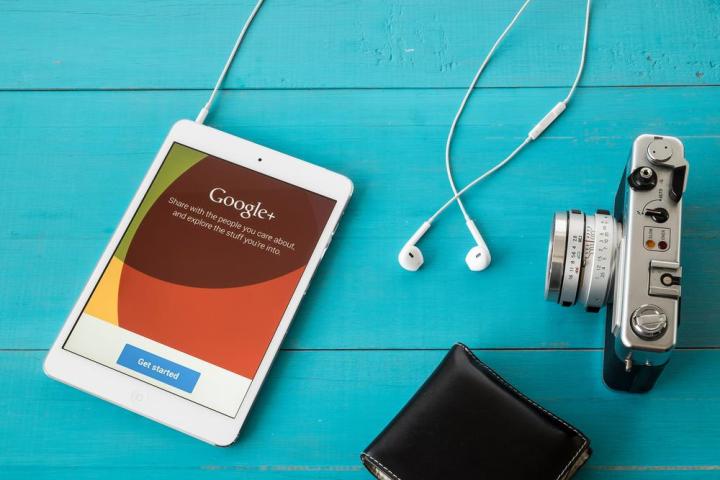
According to Google’s vice president of streams, photos, and sharing Bradley Horowitz, Google wants to decouple your Google+ account from all of the company’s products, starting with YouTube. The changes, said Horowitz, were done in response to user feedback, though he made the point that Google+ will not go away. Instead, Google will offer “a more focused, more useful, more engaging Google+” with these changes. Based on his statements, it sounds like Google+ will eventually be its own platform rather than have its hands in everything Google offers.
For YouTube users, this means that they will be able to comment, upload videos, and create a channel without the need for a Google+ account. However, Google offers a very strong and stern warning: If you delete your Google+ account, your YouTube account will also go away. If you want to remove your Google+ account and you currently have a YouTube account, you’ll be able to do so “in the coming months.”
In addition, when someone shares a YouTube video to Google+, YouTube will not post a notification in the comments section about the share.
However, there are a few things Google will keep, such as Google+’s moderation options on channels. These options include reviewing comments and blocking particular words, which is especially useful if you’re trying to run a family-friendly channel. You can also have certain comments auto-approved. The only real difference, according to Google, is these options will exist without Google+.
As for Google+ itself, Horowitz said it will continue to provide an “interest-based social experience” for those who decided to sink their teeth into it and liked what they tasted.
Editors' Recommendations
- Whatever you do, don’t buy the Google Pixel 7a right now
- YouTube tells creators to start labeling ‘realistic’ AI content
- Don’t update your Google Pixel phone — you might break it
- How to save your data from Google’s purge of inactive accounts
- Heads up — your Google account may get deleted next month
